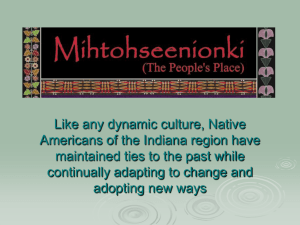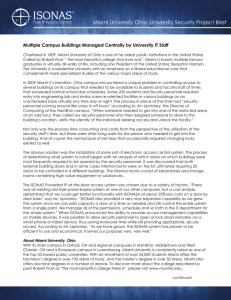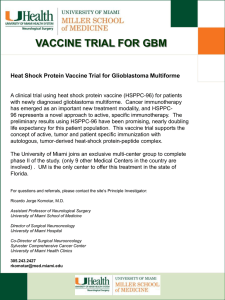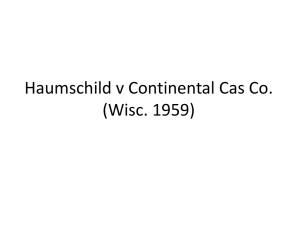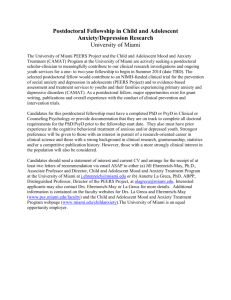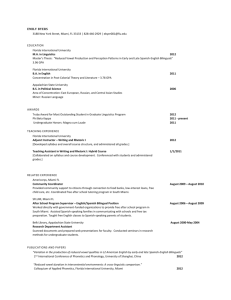Miami_Series_Fact_Sheet
advertisement
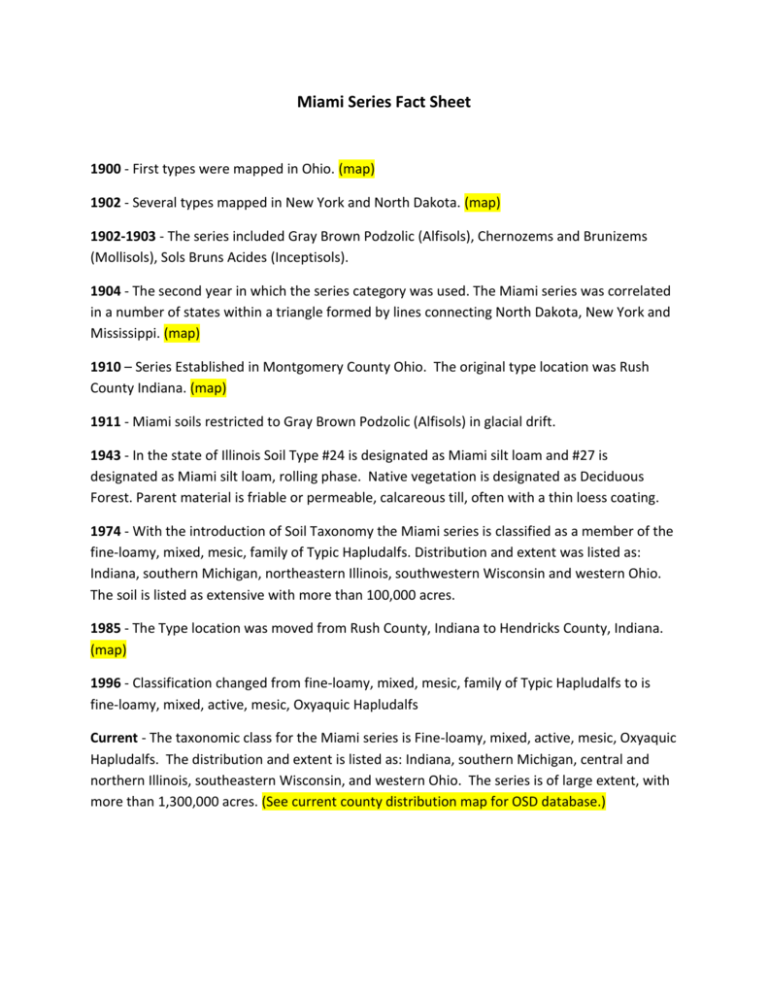
Miami Series Fact Sheet 1900 - First types were mapped in Ohio. (map) 1902 - Several types mapped in New York and North Dakota. (map) 1902-1903 - The series included Gray Brown Podzolic (Alfisols), Chernozems and Brunizems (Mollisols), Sols Bruns Acides (Inceptisols). 1904 - The second year in which the series category was used. The Miami series was correlated in a number of states within a triangle formed by lines connecting North Dakota, New York and Mississippi. (map) 1910 – Series Established in Montgomery County Ohio. The original type location was Rush County Indiana. (map) 1911 - Miami soils restricted to Gray Brown Podzolic (Alfisols) in glacial drift. 1943 - In the state of Illinois Soil Type #24 is designated as Miami silt loam and #27 is designated as Miami silt loam, rolling phase. Native vegetation is designated as Deciduous Forest. Parent material is friable or permeable, calcareous till, often with a thin loess coating. 1974 - With the introduction of Soil Taxonomy the Miami series is classified as a member of the fine-loamy, mixed, mesic, family of Typic Hapludalfs. Distribution and extent was listed as: Indiana, southern Michigan, northeastern Illinois, southwestern Wisconsin and western Ohio. The soil is listed as extensive with more than 100,000 acres. 1985 - The Type location was moved from Rush County, Indiana to Hendricks County, Indiana. (map) 1996 - Classification changed from fine-loamy, mixed, mesic, family of Typic Hapludalfs to is fine-loamy, mixed, active, mesic, Oxyaquic Hapludalfs Current - The taxonomic class for the Miami series is Fine-loamy, mixed, active, mesic, Oxyaquic Hapludalfs. The distribution and extent is listed as: Indiana, southern Michigan, central and northern Illinois, southeastern Wisconsin, and western Ohio. The series is of large extent, with more than 1,300,000 acres. (See current county distribution map for OSD database.)
